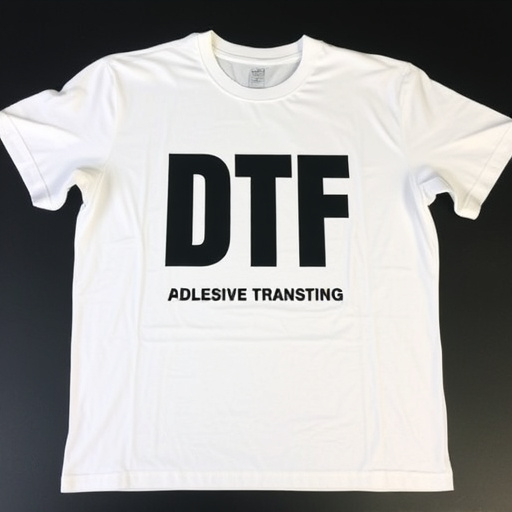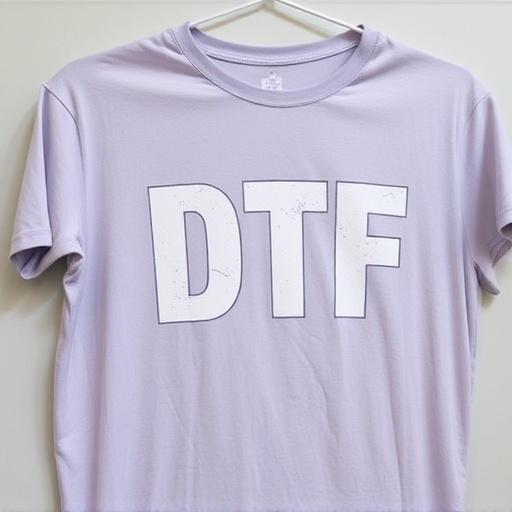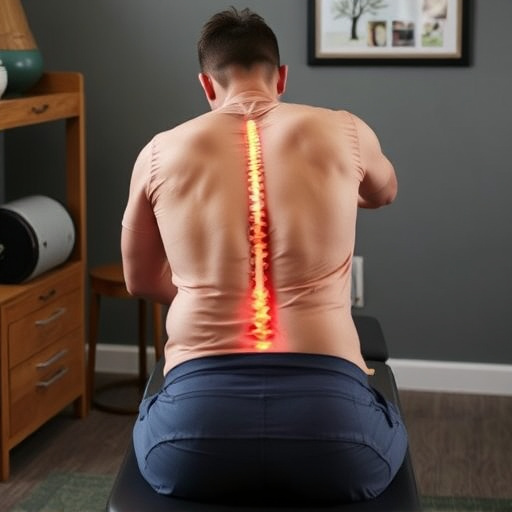TL;DR:
Shockwave plantar fasciitis treatment, specifically Extracorporeal Shockwave Therapy (ESWT), is a non-invasive approach using high-energy sound waves to heal chronic heel pain. ESWT stimulates tissue regeneration, improves blood flow, and reduces inflammation, offering relief where traditional methods like rest, medication, or surgery fail. It's a promising option with minimal side effects but requires professional consultation for eligibility, costs, and potential outcomes.
Plantar fasciitis is a common foot condition causing heel pain. Among treatment options, shockwave therapy has gained attention as a non-invasive approach. This article delves into the effectiveness of shockwave therapy compared to conventional treatments like rest, orthotics, and steroid injections. We explore its potential benefits, considerations, and how it offers a promising alternative for those seeking relief from chronic plantar fasciitis pain.
- Understanding Shockwave Therapy for Plantar Fasciitis
- Comparing Effectiveness with Conventional Treatments
- Potential Benefits and Considerations for Shockwave Therapy
Understanding Shockwave Therapy for Plantar Fasciitis

Shockwave therapy for plantar fasciitis has gained popularity as a non-invasive treatment option. This innovative approach involves using high-energy sound waves to stimulate healing in the affected area, specifically targeting the plantar fascia—a thick band of tissue connecting the heel bone to the toes. The process is often referred to as Extracorporeal Shockwave Therapy (ESWT). It’s important to understand that this treatment goes beyond traditional chiropractic care or physical therapy by offering a focused and dynamic approach to healing.
By delivering targeted shockwaves, this method promotes blood flow and inflammation reduction, which are key factors in the body’s natural healing process. This form of wellness care is considered effective for chronic plantar fasciitis cases where other treatments like rest, stretching, and medication have not provided significant relief. It offers a promising alternative without the need for extensive surgery or lengthy rehabilitation.
Comparing Effectiveness with Conventional Treatments

When comparing Shockwave Plantar Fasciitis treatment to conventional methods, it’s evident that this non-invasive approach offers a promising alternative for those suffering from this debilitating condition. While traditional treatments often involve corticosteroid injections or surgery, which may provide temporary relief, they can also carry risks and side effects. In contrast, shockwave therapy has gained recognition for its ability to offer chronic pain relief without these concerns.
The effectiveness of shockwave plantar fasciitis treatment lies in its capability to stimulate healing and repair the affected tissue. It’s particularly beneficial for cases where other treatments have failed or as a form of post-injury care. Through targeted energy waves, this method promotes blood flow, reduces inflammation, and encourages the body’s natural regenerative processes, ultimately leading to improved mobility and reduced pain levels compared to conventional methods.
Potential Benefits and Considerations for Shockwave Therapy

Shockwave therapy for plantar fasciitis offers a non-invasive approach with potential benefits for patients seeking alternative treatments. This innovative method uses high-energy acoustic waves to stimulate healing and regenerate tissue, addressing the underlying causes of pain associated with this common foot condition. By promoting natural repair processes, shockwave therapy can potentially reduce inflammation, strengthen fascia, and accelerate recovery time, making it an attractive option for those looking to avoid surgical interventions or lengthy rehabilitation periods.
Considerations for individuals exploring shockwave therapy include ensuring eligibility, as it may not be suitable for everyone, especially those with certain medical conditions or taking specific medications. Side effects are generally minimal, but brief discomfort or mild bruising might occur. Cost and insurance coverage vary, so patients should inquire about these aspects beforehand. Additionally, while shockwave therapy shows promise in injury rehabilitation, including sciatica relief, it is essential to consult healthcare professionals for personalized advice, as individual results may differ.
In comparing shockwave therapy for plantar fasciitis to other treatments, it’s evident that this non-invasive approach offers a promising alternative. While conventional methods have long been the go-to, shockwave treatment provides potential benefits such as reduced pain, accelerated healing, and minimal downtime. However, considerations like cost and access should be taken into account. For those seeking a game-changer in managing plantar fasciitis, exploring shockwave therapy could be a wise step forward in their journey towards relief and recovery.














